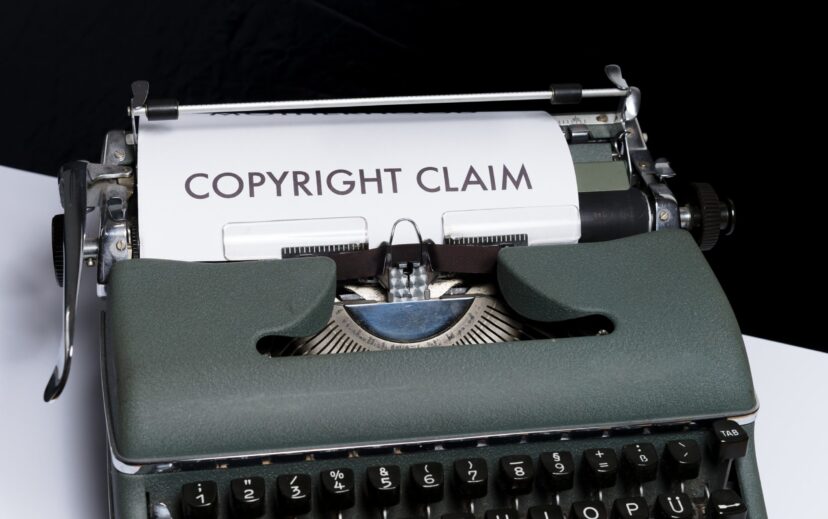If you have created a piece of art, written a story, or composed a song, you do not want someone else to steal, copy or profit from it. The purpose of copyright law is to protect original works of authorship from a third party using your work without your permission. Unlawful use of your copyrighted work constitutes copyright infringement and you can bring a lawsuit to enforce your rights and recover damages from the infringer.
Is Your Work Protected Under Copyright Law?
Copyright law protects an original work that is independently created by an individual and involves at least some degree of originality. This includes literary, musical, and dramatic works, motion pictures and sound recordings. The work must also be fixed in a tangible medium, meaning written down or recorded. If you meet these requirements, the law grants you the exclusive legal right to reproduce, distribute, perform or display the work publicly, create derivative works and transfer any of these rights. You can also enforce your rights against unauthorized users or infringers.
Has Your Work Been Infringed?
Copyright infringement can be challenging to prove in court. You must show that (1) you are the owner of a valid copyright in the work or have the legal authority to bring a lawsuit and (2) that the defendant actually copied the protectable elements of the copyrighted work without the creator’s permission. Copying of any constituent elements of a work that are in the public domain, qualify as scenes a faire or fall under the merger doctrine will not result in a finding of infringement.
As noted in the previous section, not all works are copyrightable so you must prove you meet all the requirements. One of the benefits of registering your copyright with the U.S. Copyright Office is that it provides prima facie evidence of a valid copyright, meaning that the burden is on the defendant to prove that your copyright is not valid. In addition, registration allows you to recover statutory damages if infringement is proved.
To establish that the defendant copied your work, you will probably have to rely on showing substantial similarity between your work and the defendant’s. Direct copying is difficult to show. Substantial similarity requires proof of the following elements:
- The alleged infringer had access to the copyrighted work. You must show that the infringer had a reasonable opportunity to view or hear the copyrighted work.
- The two works are substantially similar. In New York, courts use the ordinary observer test that provides that a work is not substantially similar if an ordinary observer would be prone to overlook the similarities.
Importantly, only portions of the work that are copyrightable are compared for the substantial similarity test. Any elements that are in the public domain will be excluded.
Does Infringement Have to Be Intentional?
While there are several defenses to copyright infringement, it is not a defense that the defendant did not intentionally infringe. As a result, including a disclaimer that you are not intentionally infringing or otherwise acknowledging that you do not own the copyright will not mitigate your liability. If the author can prove that the infringer willfully infringed, then the author may be entitled to enhanced statutory damages.
What Are the Consequences of Infringement?
You may sue an infringer for actual damages you suffered, including any profits the infringer made, or recover statutory damages. Reasonable attorney’s fees are also available if you prevail in litigation. You can also obtain an injunction against an infringer ordering him or her to cease infringing as well as seize infringing goods.
Conclusion
If you believe your work has been infringed, you should consult an attorney for advice on enforcing your rights.
Anyone who wishes to copy material from another party or who is concerned they may be infringing should seek permission from the copyright owner and a license to use the work. Also, speak to an attorney to ensure you do not violate copyright law and that you comply with the terms and conditions of any licensing agreement.
Photo by Markus Winkler on Unsplash





